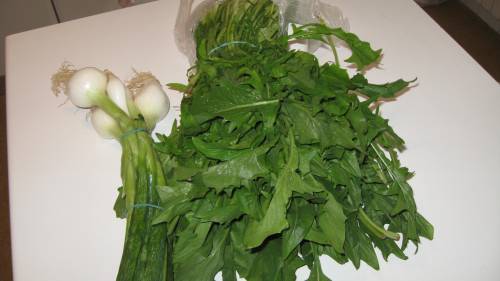It’s what I miss most about Rome. How could that be? Something so mundane, minor, lowly. What about the art, the architecture, the people, the food?
I’ll explain. Cafes in Italy encapsulate so much of the culture at large. During these weirdly liminal weeks of re-entry into American culture—when I’ve felt like I’m two places at once, or nowhere—I’ve been going through a process not unlike grief. Surprising surges of emotion come over me at inconvenient moments, and I wonder if I could still be weak from jet-lag. No, I’m just sad that that wonderful, brief year is all over. I’ve had trouble expressing this grief because I don’t want to sound like a complete snob or ungrateful spoiled brat while, on the beaches of New England, I weep for the lost vistas or Rome or when, confronted with the plethora of choices at a coffee shop, I tear up thinking about the perfect crema on a Roman caffe. I’ll admit, I’m sad but life is good. Buonissimo, even.
After that brief apologia, let us return to Roman cafes. On my last full day in Rome, I didn’t go to view the dome of San Pietro or to gaze up at the oculus of the Pantheon once more. After leaving Jack at Scuola Arcobaleno for the last time, I stopped in the cafe on Via Fonteiana where we stopped almost every day for a little treat. I stood at the bar and didn’t even have to say anything, because the friendly guy who makes the coffee drinks remembers what everyone likes. What an honor for me to be included in his encyclopedic memory of drink orders in this cafe where people come and go constantly all day long! All the other parents from the school stop here before or after dropping off the ragazzini. In cafes in Rome, people come in and stand at the bar. There are no lane-ropes marking off where you’re supposed to stand in line. How barbaric! Everyone is relaxed. They seem to have all the time in the world. The parents and the bankers and pharmacists and grocery cashiers and hardware shop owner from across the street stand around, sip a caffe or cappuccino, maybe eat a nutella-filled pastry wrapped in a napkin, chit-chat, drop a few coins, and amble out. Everything is done with a sense of ease. There are no paper cups. No rushing and bumping shoulders at the “condiment station.”
American coffee shops cater to the all-American values of independence and convenience. But in our rush to make things easier for ourselves (plastic lids to prevent spilling as we speed-walk or drive on to the next important thing/place/event) or more “custom-made” (add-your-own-milk, choose-your-own-ingredients, metastasizing menus) are we sacrificing what is of real value in custom, culture, and civil-i-zation? Do condiment stations make us more civilized?
After that, I still didn’t go to see the one more piece of great art or architecture that I’d yet failed to see. I wanted to enjoy my last day of being immersed in the mundane beauty of everyday life in Rome. I walked down the steps to Trastevere and looked at the laundry hanging from windows, the succulents and bougainvillea spilling from balconies. Before going to get one last haircut from the mild and nonchalantly good-looking Fabio Serafini, I stopped in to Cafe Paris. (Not the one of Dolce Vita fame on Via Veneto, but a scruffier version in a medieval piazza of Trastevere where the hipsters and homeless people mingle.) I savored the atmosphere as much as the coffee: the ancient brown wood of the interior, with decades-old ads on the wall, the gruff carelessness and skill of the young man behind the bar. No excessive friendliness or list of questions about how you’d like that.
What is it then, about Roman cafes that make them nodes of their culture? It’s the way they encourage people to take a few minutes to savor a flavor and a scrap of conversation. Uncluttered service. The cultivation of custom in defiance of the drive for efficiency and convenience Americans value so much. And everything in the atmosphere of a cafe—from the old decor to the elegant cups—speaks to that sprezzatura in which the Romans live their lives, ignoring the grafitti and humidity, talking non-stop in a musical language, eating well, looking good, driving their Smart cars alongside ancient aqueducts and other imperial ruins with nonchalance and style.
Some might see a cultural malaise, oppressive conservatism. These are there. But so is cultivation, an awareness of beauty, culture, and quality that, perhaps because of the proximity of the Colosseum, the Caravaggios, lives on the shoes on people’s feet and in the crema on a caffe.






 Italy’s Parliament
Italy’s Parliament 






 The lettuces made a crisp bed for some eight-minute eggs.
The lettuces made a crisp bed for some eight-minute eggs.





